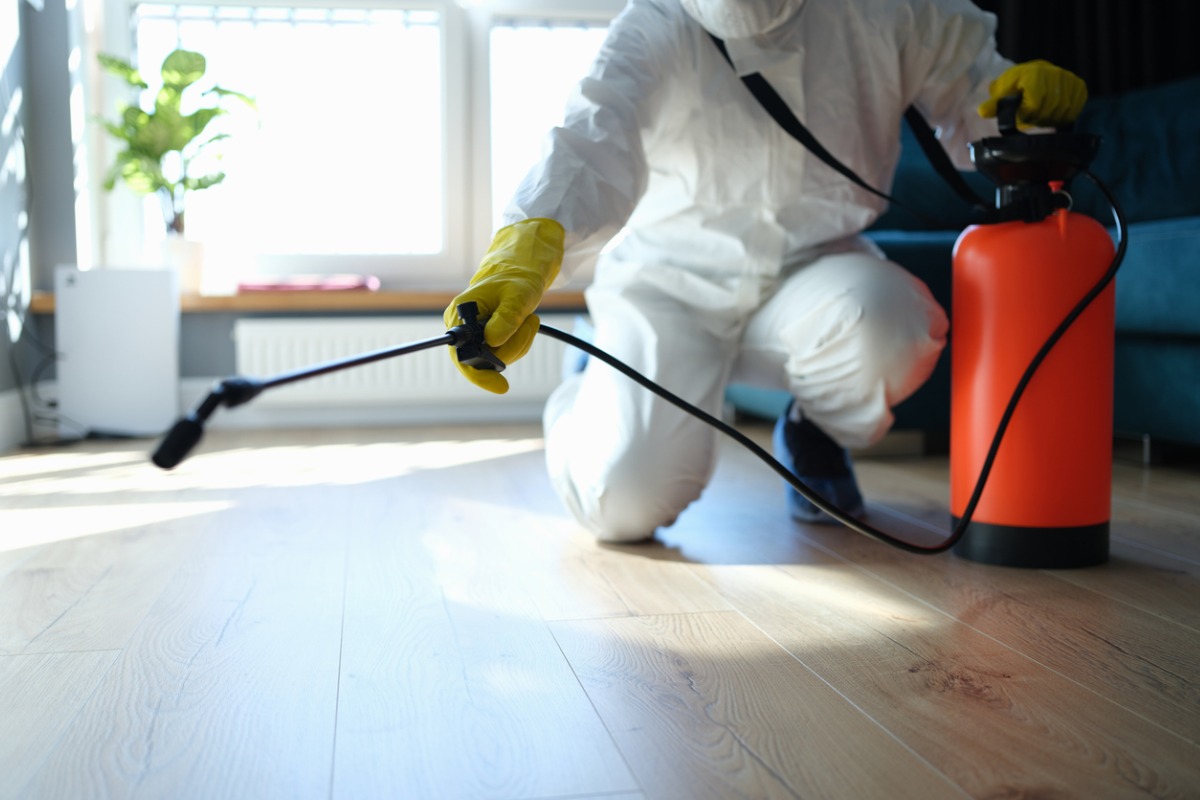Keeping an tidy and hygienic house is essential not only to your well-being but also to effective pest management. Many homeowners underestimate the strong link that exists between their residence's neatness and the presence of pests. Dust, food particles, plus disorganized environments create a suitable environment to support frequent household insects, making it crucial to focus on cleaning practices as part of your pest prevention strategy. By grasping the relationship between cleanliness and pest management, you can implement proactive measures to ensure one's environment free from unwanted pests all year round.
In this comprehensive guide, we will investigate various aspects of pest control and hygiene. Starting with identifying widespread infestations such as ants and lice and challenging common misconceptions about DIY methods, we shall deliver you a the best reference for establishing a pest-free environment home. You will learn the significance of the importance of regular pest inspections, the frequency of professional pest control services, plus actionable tips for each time of year to make certain your home remains safe. Regardless of whether you are dealing with problems with mice in winter or mosquitoes in summer time, a clean living space will greatly improve one's pest control efforts plus ensure the safety of your loved ones’ health.
Grasping the Relationship Between Sanitation and Pest Control
Ensuring high levels of sanitation in your home is important in preventing pest infestations. Filthy areas draw various pests, including rodents, insects, and other undesired animals that flourish in unsanitary environments. Food debris, spills, and clutter provide perfect breeding grounds for pests, making it crucial to keep kitchens and dining areas neat. Regularly sweeping, wiping, and sanitizing surfaces can significantly reduce the attractiveness of your residence to invasive species.

Additionally, proper waste management holds pivotal role in pest control. Keeping garbage in sealed containers, getting rid of waste consistently, and ensuring that your garbage bins are clean can deter pests from being drawn to your residence. Additionally, outdoor areas require the same attention; lush vegetation and stagnant water can create inviting environments for bugs. By maintaining cleanliness in both indoor and outdoor spaces, homeowners can establish a less inviting atmosphere for undesired critters.
Recognizing the relationship between sanitation and bug control also involves noticing the signs of infestations early. Regular inspections for common household pests can prevent small problems from escalating into major infestations. When your house is well-kept and well-maintained, it's simpler to spot the early warning signs of bugs, such as droppings or signs of destruction. Ultimately, a well-maintained home not only promotes good health but also serves as a formidable barrier against bug control problems.
Effective Tactics for All-Year Pest Prevention
Maintaining a pest-free home requires constant vigilance and proactive measures throughout the year. One of the most effective strategies for pest prevention is to ensure proper cleanliness. Routine cleaning, including vacuuming and cleaning surfaces, helps dispose of food particles and spills that draw pests. Ensure that trash is thrown away properly and that any pet food is sealed and put away when not in use. Establishing a clean environment makes your living space less inviting to typical household pests.
Another important aspect of pest control is blocking entry points. Check your house for openings, fissures, and holes in exterior walls, windows, and doors. Even the tiniest gaps can serve as entryways for pests like rodents and insects. Use caulk, weather stripping, and other materials to seal these weak points effectively. By reinforcing your home’s defenses against unwanted visitors, you can significantly decrease the likelihood of pest problems throughout the seasons.
In conclusion, routine inspections and professional pest control services should be part of your preventive strategy. Planning periodic inspections can help detect potential pest issues before they become severe. Professionals have the expertise and tools to find signs of pests that might go unnoticed. Moreover, participating in Go Here can preemptively address specific pest threats connected to each season, ensuring that your home remains secure year-round.
Widespread Misconceptions Regarding Pest Control Corrected
A single common myth is that maintaining a clean home will completely eliminate pests. Even though good hygiene definitely helps diminish the risk of infestations, it is not a fool-proof solution. Pests can find their way into homes through tiny cracks and crevices, looking for shelter and food. Therefore, depending solely on cleanliness can lead to complacency and ultimately invite unwanted visitors. Regular inspections and preventative measures are necessary to truly keep your home pest-free throughout the year.
An additional misconception is that DIY pest control methods are equally effective as professional services. Many homeowners underestimate the complexities of pest behavior and treatment options. DIY approaches often fail because they do not address the root causes of infestations or the specific needs of diverse pests. Professionals are trained to identify the source of the problem and apply targeted solutions that ensure long-term results.
Finally, there is a belief that all pests are harmless and do not pose major threats to health or property. This is far from true. Pests like cockroaches and rodents can carry diseases, while termites can cause significant structural damage to a home. Understanding the dangers linked to pests is important for effective prevention. By debunking these myths, homeowners can make wise decisions about pest control and maintain a healthier living environment.
